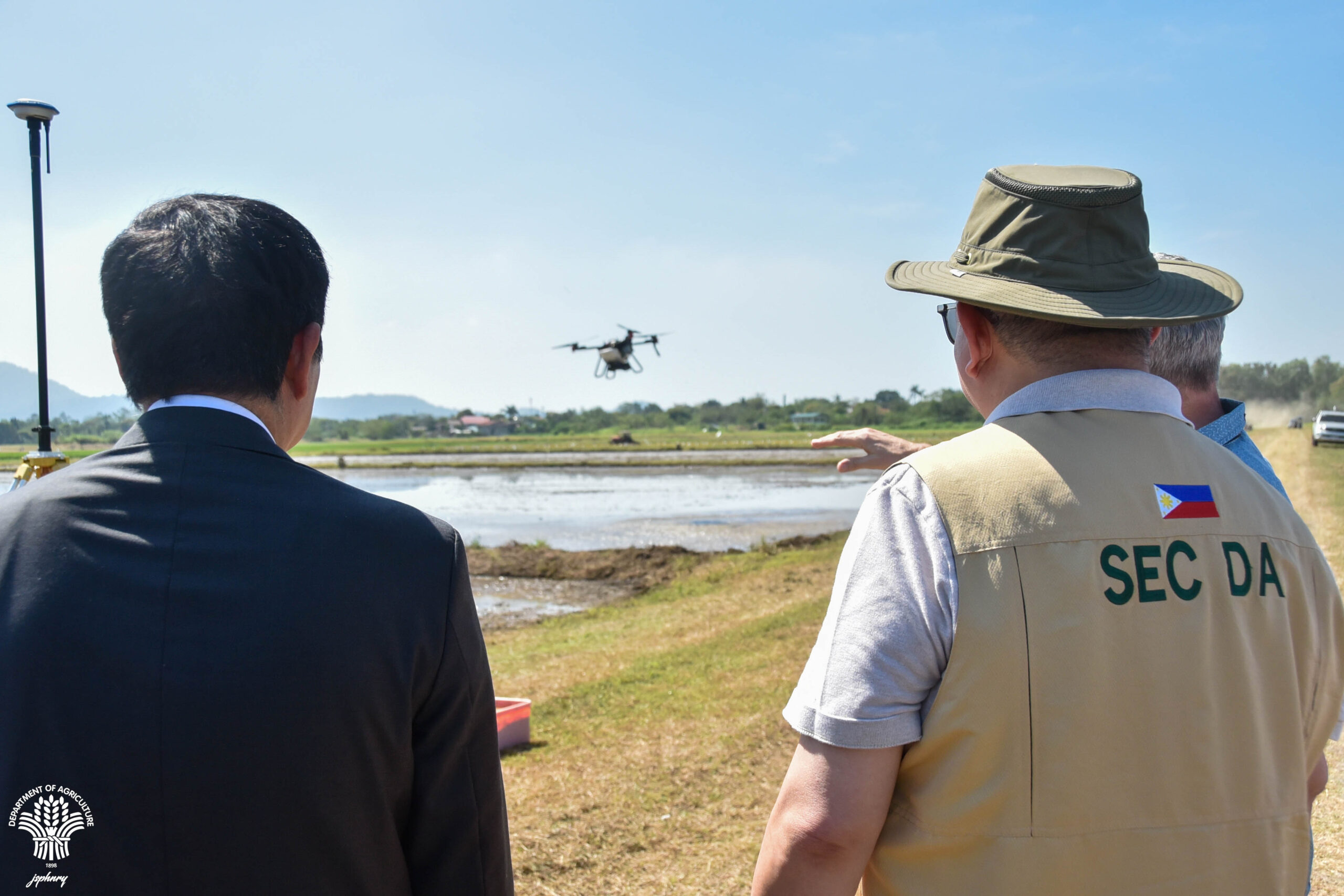
Department of Agriculture (DA) Secretary Francisco P. Tiu Laurel Jr. visited the International Rice Research Institute (IRRI) headquarters in Los Baños, Laguna to strengthen partnership with the agency and explore other areas for strategic collaboration to support rice development in the country.
On March 6, Sec. Tiu Laurel visited key facilities within the research institute. He was welcomed by IRRI’s Board of Trustees, led by Càô Dúć Phat, Interim Director General Ajay Kohli, and other senior officials.
The tour included a visit to the Grain Quality Laboratory, where Secretary Tiu Laurel tasted samples of low and ultra-low glycemic index Philippine varieties rice.
In the previous year, IRRI scientists successfully identified the genes responsible for conferring low and ultra-low glycemic index (GI) traits to rice. This breakthrough allows the transformation of popular rice varieties into low and ultra-low GI options, specifically refined white rice, using conventional breeding methods.
Secretary Tiu Laurel also visited the International Rice Genebank, the largest repository of rice genetic diversity in the world, with more than 132,000 rice accession available. It encompasses cultivated species of rice, wild relatives and species from related genera.
He also observed a demonstration showcasing the impact of planting density on rice crop performance through various crop establishment methods.
IRRI’s experimental rice field employs three treatments: transplanting, broadcasting, and drone seeding.
Lastly, the Secretary witnessed demonstrations of various drone technologies including mapping drones equipped with high-resolution cameras, which measures crucial traits and real-time monitoring of crop health and performance.
The drones may be used in the precision management of nutrients, water, weed control, and pest and disease management. Larger drones are utilized for directing seeding, applying fertilizers, and spraying pesticides and herbicides in rice production. ### (photos by Joseph Henry Elamparo, DA-AFID/Jay Morales, DA-OSEC)










